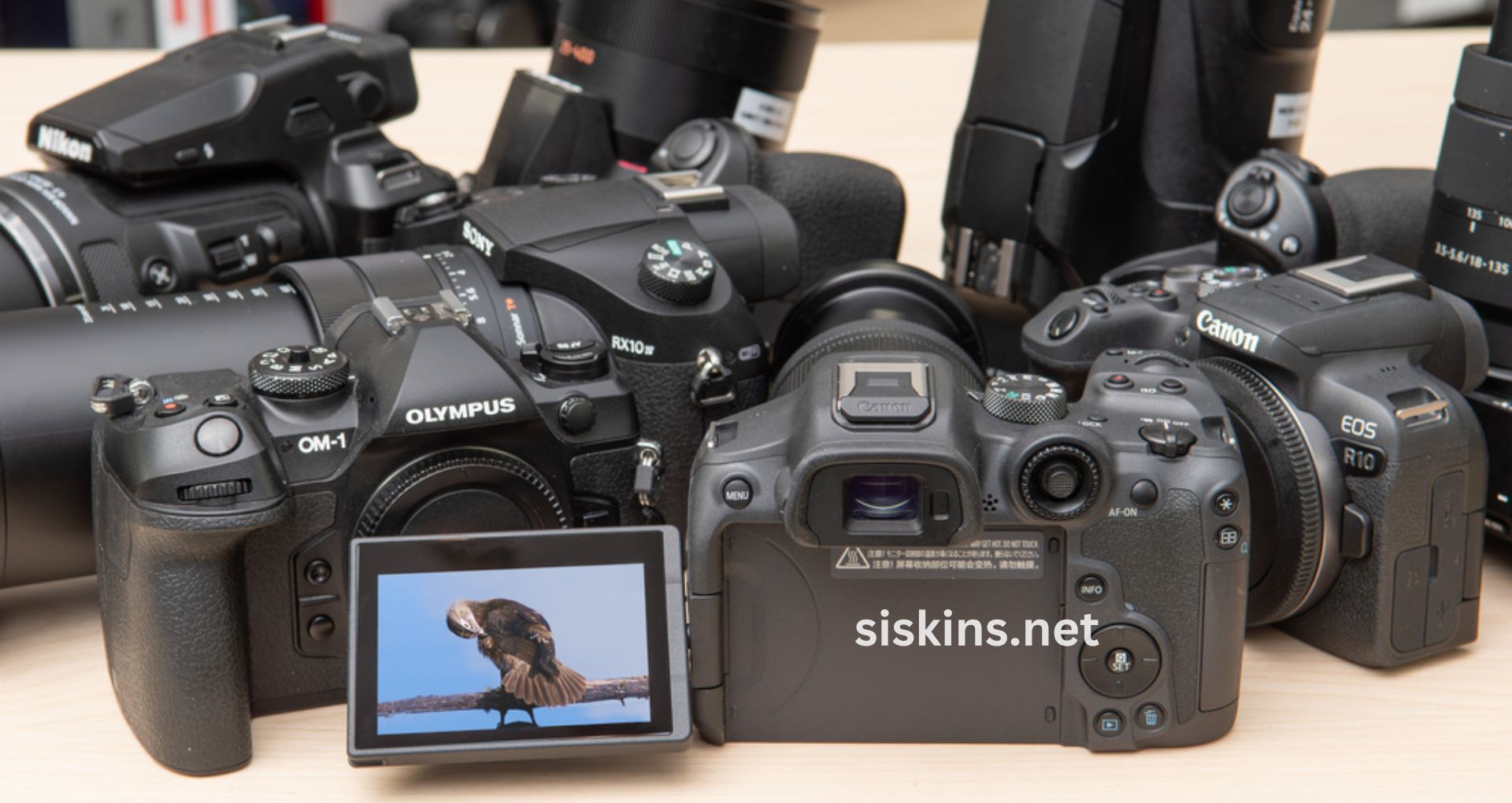Several aspects must be considered to answer the question “How do I Choose the Best Birdwatching Camera?”. Capturing the details of the beauty of birds requires a special camera. It should have high-quality optics. It needs good zoom. The camera must be durable for the outdoors. Whether you’re new to birdwatching or a seasoned pro, choosing the right camera is essential. It will help you make the most of your experience and take amazing photos. Here’s what to look for in a birdwatching camera.
Source: The best cameras for bird photography
Key Things to Consider When Choosing a Birdwatching Camera
Bird photography is unique—it demands a camera that can handle quick movements, distant subjects, and all sorts of lighting. Regular cameras do not cut it. Birdwatching cameras need top-notch image quality at a distance. They need fast settings. Additionally, they must capture birds in both motion and stillness. Here’s how to spot the best options.
Essential Camera Features for Birdwatching
Certain features are essential in a birdwatching camera, like a good lens, zoom range, quick autofocus, and image stabilization.

Lens Quality and Zoom
A high-quality lens is crucial. Telephoto lenses, which zoom in on distant subjects, are especially helpful. Look for a strong optical zoom. It will capture details of feathers and distant flight shots. This way, you will not lose clarity.
Optical Zoom vs. Digital Zoom
Optical zoom magnifies the object directly through the lens, keeping the image clear. Digital zoom, by contrast, crops and enlarges, which can make images grainy. Aim for a camera with at least a 20x optical zoom to get sharp shots of distant birds.

NETVUE by Birdfy AI Smart Bird Feeder with Camera
The NETVUE Birdfy AI Smart Bird Feeder with Camera uses AI to identify birds and streams live footage, enhancing your birdwatching experience with smart technology.
Autofocus
Birds move quickly, so fast autofocus is a must. Advanced tracking autofocus can help the camera stay locked on moving birds, making it easier to get crisp shots.
Sensor Size and Resolution
A larger sensor means better image quality, especially in low light. APS-C or full-frame sensors work great and allow for cropping without losing resolution. High-resolution sensors capture fine feather details and colors, adding depth to your images.
Portability
Birdwatching often involves long outdoor sessions, so lightweight cameras are ideal. While bigger cameras have more features, they can get heavy on long hikes. Mirrorless cameras are often more compact and lighter than DSLRs, making them popular for birdwatchers on the move.
Battery Life
Birdwatching can last all day, so a good battery is essential. A camera with a short battery life will leave you missing shots. Look for a camera that can take at least 400–600 shots per charge, or bring a spare battery.
Weather Resistance
Birdwatching means facing all kinds of weather. A weather-resistant camera is key to keeping your equipment safe from rain, dust, and humidity.
DSLR vs Mirrorless
The choice depends on your style. DSLRs offer longer battery life and an optical viewfinder, which helps in bright light. Mirrorless cameras are usually lighter and have faster shooting speeds, ideal for capturing quick-moving birds.

Celestron – UpClose G2 8×40 Binocular
The Celestron UpClose G2 8×40 Binocular offers clear, powerful magnification with a durable, lightweight design, perfect for outdoor adventures and wildlife observation.
Recommended Lenses
A quality telephoto lens, ideally 200mm or more, can make a big difference. Brands like Canon, Nikon, and Sony offer lenses with powerful zooms that help you capture sharp images from far away.
Image Stabilization
Handheld shots are common in birdwatching, so image stabilization is essential. Optical stabilization helps reduce blur, keeping images sharp at high zoom levels. Many cameras now have built-in stabilization.
Burst Mode
Birds are fast, and getting the perfect shot in one click can be tough. A camera with a high frames-per-second (FPS) rate lets you shoot a quick series of images. This improves your chances of capturing the right moment.
Great Birdwatching Cameras for Beginners

If you’re just starting out, consider cameras like the Canon PowerShot SX70 and Nikon Coolpix P950. They are excellent beginner-friendly options. These cameras offer good zoom, easy settings, and a fair price.

AKASO Brave 4 Action Camera
The AKASO Brave 4 Action Camera captures stunning 4K video. It also take 20MP photos, offering waterproof durability and versatile features for outdoor adventures.
Also Read: What is the Best Outdoor Gear for Birdwatchers?
Top Birdwatching Cameras for Professionals
For experienced birdwatchers, models like the Canon EOS R5 or Sony Alpha A9 II offer top image quality. These cameras allow for fast shooting. They have advanced autofocus systems that meet professional standards.

